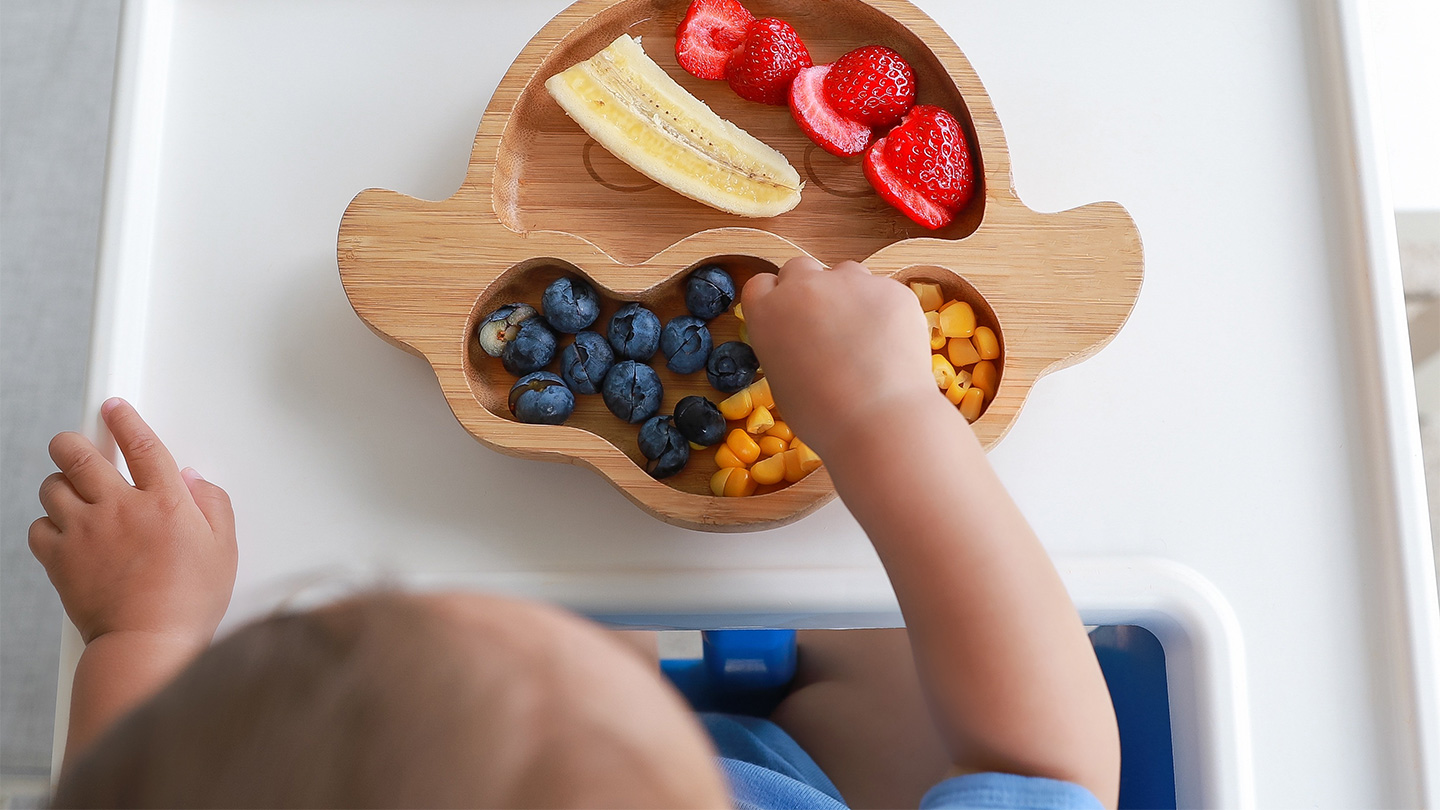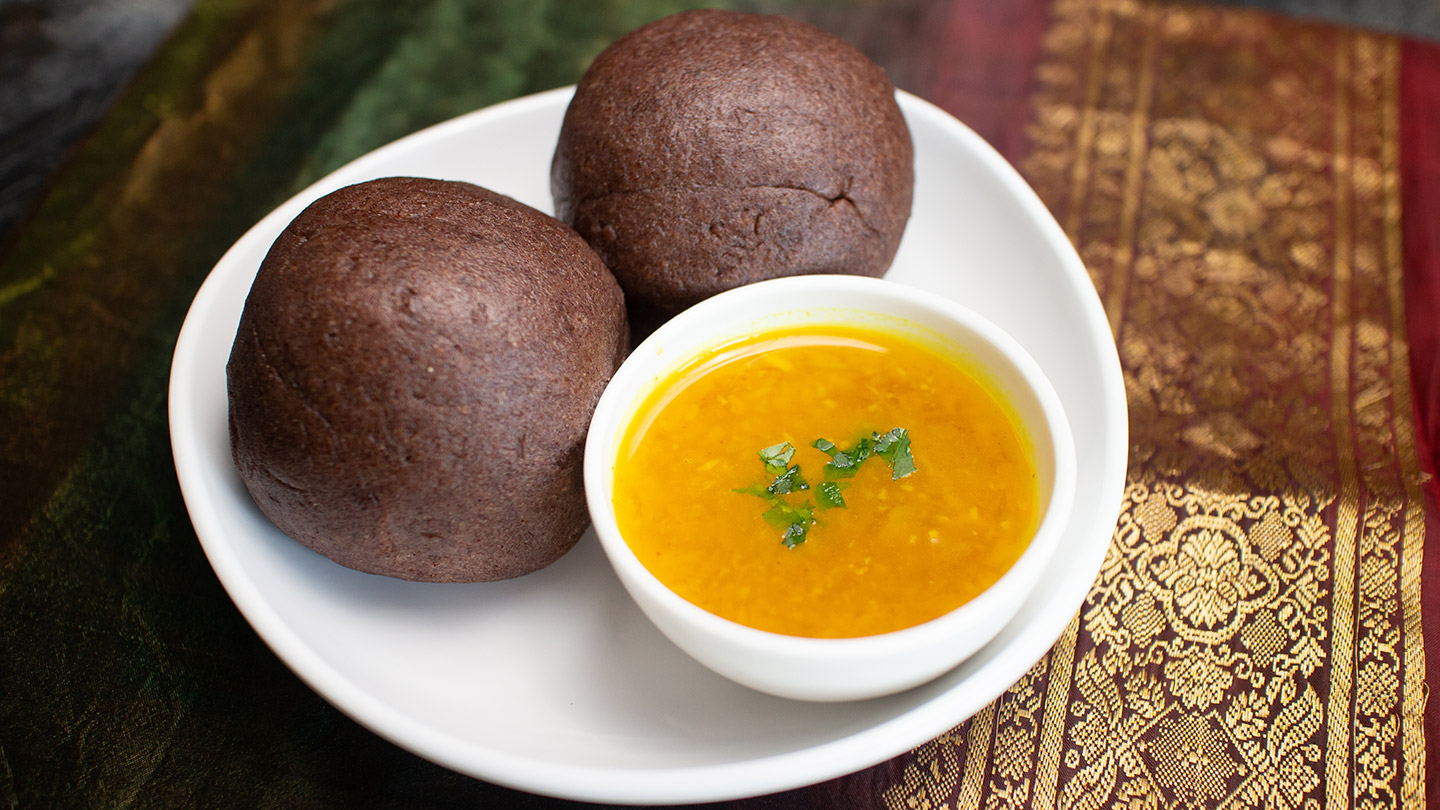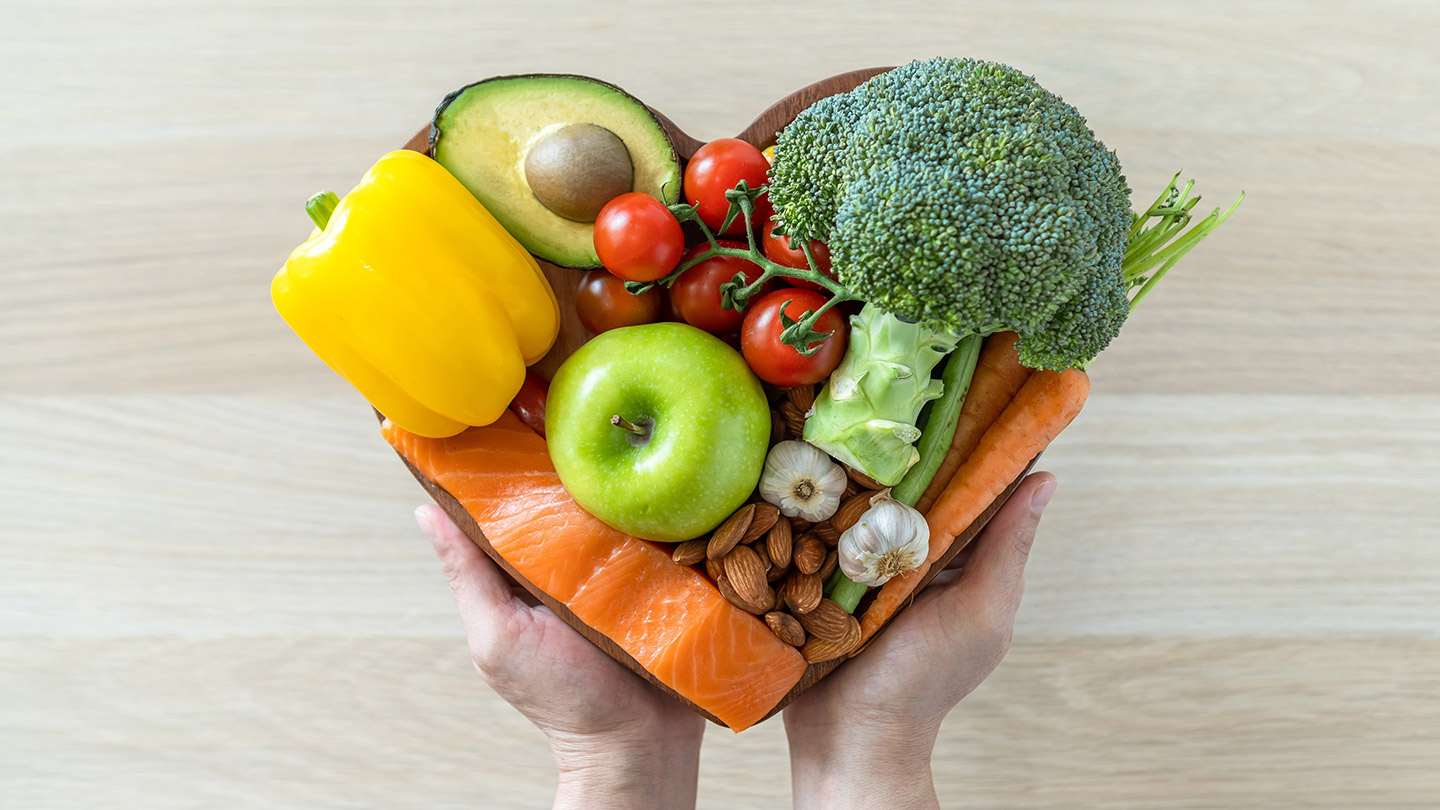Nutrition
10 Ways to Teach Healthy Eating Habits to Your Little Ones
Turn mealtimes into playful adventures with these fun ways to help your kids build healthy eating habits.

Ever feel like you’re negotiating with a tiny food critic at the dinner table? You’re not alone; most toddlers and preschoolers don’t eat the recommended amount of vegetables (toddlers should get about a cup a day, but many barely take a few bites). The good news is that healthy eating habits can be taught. Here are ten friendly tips to help your little ones grow to love nutritious foods.
1. Start Early & Expose Variety
Healthy habits begin early. Babies and young toddlers are surprisingly open to new flavours, so take advantage of that window. Offer various veggies and fruits during infancy, even if they just nibble or taste. Evidence from BMC Paediatrics, 2019, shows that giving infants repeated small tastes of a food helps them grow to like it. Meanwhile, toddlers naturally become cautious about new foods (food neophobia peaks in early childhood). So the more healthy foods they’ve already tried as babies, the less ‘strange’ those foods will seem later on. Start early and keep offering variety, so broccoli and carrots feel like familiar friends, not foes.
Related story: Healthy Food You Should Always Have on Your Shelf
2. Stick to Meal Routines
Ever notice how kids thrive on a schedule? Keeping set meal and snack times each day helps children know what to expect and prevents all-day snacking. Try to have family meals as often as possible. When you sit together for dinner, your little ones learn by watching you. You can show them how half your plate is filled with veggies and fruits; they’ll see that eating greens is just a normal part of the routine. Regular family meals also create a positive atmosphere around food. When dinner is a fun family time, healthy eating becomes something to look forward to.
3. Be a Healthy Role Model
Kids can be led by example, and if they see you munching on carrot sticks and salads, they’ll want to try some too, but if you never eat anything green, why would they? Children pay more attention to what we do than what we say. Let them catch you choosing water over soda or snacking on fruit instead of chips. Your actions send a powerful message that healthy food is enjoyable.
4. Involve Them in the Process
Young children love to help and feel included. So, invite your little one into the kitchen! They can tear lettuce, rinse fruits, or stir batter (with a big mess and bigger smiles). When kids help make a meal, they’re proud of it and more excited to taste it. Research backs this up: the pride kids feel in preparing a veggie dish can boost their willingness to eat it. Involving them turns healthy eating into a fun project.
5. Be Patient with Picky Eaters
Dealing with a picky eater can be frustrating, but patience is key. Keep offering new foods calmly, even if they reject them at first (or fifth) try. It may take 10 or 15 exposures before a child accepts a new food, and that’s normal. Also, avoid cooking a separate “kids” meal when they don’t like what’s served. If you consistently provide the same meal for the whole family (while including at least one item you know your child likes), they’ll learn that what’s on the table is what’s for dinner. With time and gentle persistence, their palates will expand.
6. Skip the Bribes and Threats
It’s tempting to say, “Finish your broccoli and then you get dessert,” but I learned the hard way that using sweets as a bribe can backfire (it just makes the child want the treat more). Studies show (PLoS One in 2021) that rewarding kids with junk food makes them value those treats even more, leading to overeating whenever they get the chance.
Instead, try to keep mealtimes pressure-free. Encourage them to taste everything and praise their effort, but don’t turn dinner into a power struggle over each bite. And use non-food rewards for good behaviour (like stickers or extra playtime) so food isn’t a bargaining tool. A relaxed, positive mealtime helps kids listen to their tummies and enjoy their food.
Related story: Things Never to Say to Children About Food
7. Make Healthy Food Fun
A creative lunch with fun shapes makes healthy food exciting. Turn eating into an adventure! Use your imagination to make healthy food exciting. Give foods silly, playful names, call broccoli ‘dinosaur trees’ or offer ‘magic X-ray vision carrots.’ Goofy? Yes, but kids love it. In one study by Preventive Medicine in 2012, preschoolers ate twice as many carrots when they were presented as ‘X-ray vision carrots’.
You can also play games to encourage new foods. For example, try a colour challenge: “How many different colored foods can we eat today?” When healthy eating feels like play, kids approach it with excitement rather than suspicion.
8. Smart Snacking and Drinks
Little ones do need snacks to refuel, but avoid letting them nibble all day. Stick to one or two scheduled snack times and offer something nutritious, a piece of fruit, yoghurt, or whole-grain crackers, instead of cookies or chips. Also, watch what they drink. Too much juice or milk can fill tiny tummies and dull their appetite for dinner. Often, kids who say “I’m hungry” might actually just be thirsty. Try water first, it’s the best drink for them. By spacing out snacks and focusing on water for thirst, you’ll help your child be truly hungry at mealtimes.
Related story: Drinks For Kids That Improve Gut Health
9. Trust Their Tummies
We all want our kids to eat well, but forcing them to finish every bite can do them more harm than good. Children are actually pretty good at knowing when they are full, if we don’t interfere. Forcing a child to eat when they are not hungry can teach them to ignore their fullness signals and lead to overeating. In fact, pressuring kids to eat often makes them less interested in that food. It’s better to serve small portions and let them ask for more if they’re still hungry. Encourage them to taste everything, but never force them to finish. Trust that your little one knows their body. When they say they are full, let them stop.
10. Balance, Don’t Ban Treats
It might seem sensible to ban all candy, cookies, and chips; out of sight, out of mind, right? But making foods forbidden often backfires. Strict restrictions can actually increase a child’s craving for the off-limit treats. A better approach is to teach moderation. Talk about ‘sometimes food’ (sweets or fried snacks occasionally) versus ‘everyday foods’ (fruits, veggies, whole grains).
Let your child enjoy an occasional treat in a small portion, so they learn that goodies are fine in moderation. When treats aren't taboo, they lose their mysterious allure. Kids learn that a cookie or two is okay once in a while, but most days, we fill up on the healthy stuff.
Related story: Help Your Child Develop Healthy Eating Habits
Teaching kids to eat healthy doesn’t have to be perfect, just consistent. With patience, playfulness, and positive role modelling, you will help them build habits that will last a lifetime. One bite, one meal, one fun food name at a time!
Get instant access to personalised nutrition advice for you and your little ones. Sign up here.
EXPLORE MORE
Beat the heat with eight mocktails that are anything but ordinary; a glass full of flavour and joy.
A wholesome South Indian classic, Ragi Muddha with Thotakoora Pappu is rich in fibre, protein, and minerals. This earthy millet ball and amaranth leaf dal combo is perfect for a hearty, gut-friendly meal you can feel good about.
A vibrant vegan quinoa buddha bowl loaded with fresh veggies, protein-packed chickpeas, and zesty tahini-lemon dressing: wholesome, delicious, and perfect for fueling your day.
Managing diabetes doesn’t mean bland meals and endless restrictions. Here’s how to eat smart, enjoy food, and keep your blood sugar steady.










.jpg)

